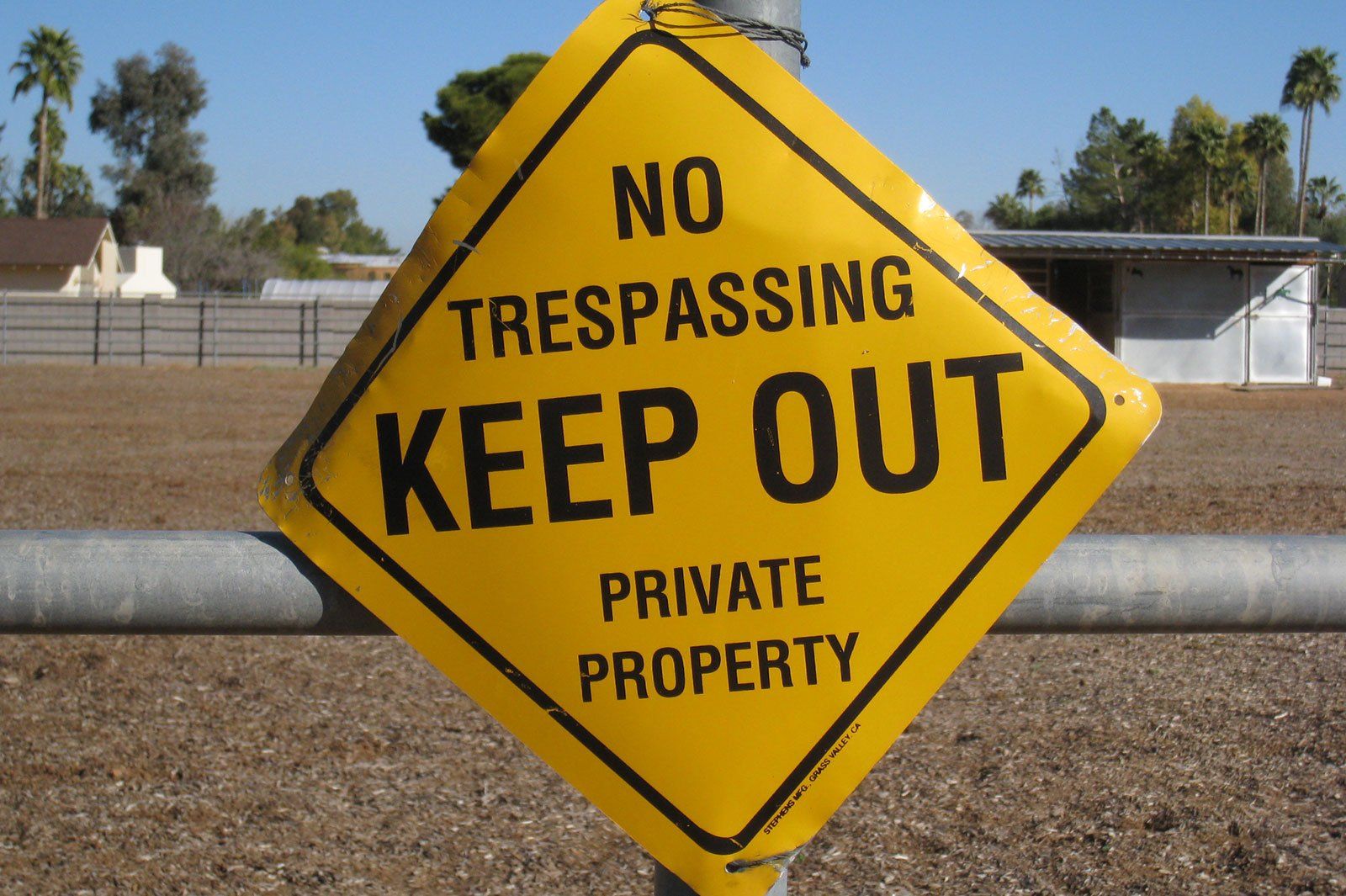1MG FlippingBooks
Spate of farm trespasses sparks calls for tougher laws
Peak farming bodies from all over Australia have united to call for tougher penalties for animal activists who illegally enter farms following a number of incidents across the country.
The most recent of these trespasses saw 100 activists invade a Darling Downs feedlot and dairy over the weekend, requiring the attendance of police from neighbouring towns. It follows earlier incidents where only small fines – $1 for the Gippy Goats invasion in Victoria, and $200 to a Sunshine Coast repeat offender who trespassed at a piggery – were handed out to activists and trespassers.
“Harsh words and condemnation mean nothing to the thugs perpetrating these acts,” said AgForce CEO Michael Guerin said. “Peaceful protest is one thing, but trespassing onto someone else’s property, frightening children and animals, breaching biosecurity measures that are there to protect everyone – this is criminal activity we’re witnessing and it’s going unpunished.”
The National Farmers’ Federation (NFF) has slammed the weak trespass laws in this country and called for federal intervention ahead of the upcoming election.
“Farmers are rightly alarmed that their farms can be invaded in the dead of night, streamed live on the internet, only for offenders to walk away with a slap on the wrist,” said NFF President Fiona Simson. “The law is clearly not keeping up with what’s happening here.
“These people are not well-intentioned pranksters. They form part of a coordinated assault on family homes and businesses, being led by militant and well-resourced activist groups. They’re garden variety crooks, and need to be treated as such.”
The NFF has launched a petition calling on all major parties to commit to urgent action to prevent farm trespass. The petition has garnered nearly 3,000 signatures in just three days.
“This is clearly a national issue, and warrants a decisive national response,” said Ms Simson. “The federal government needs to show leadership, and get state and territory leaders in the room to design stronger laws.
“We’re seeking a commitment from all parties coming into the Federal Election that they will act decisively and protect our farms from these trespassers.”
You can sign the petition by clicking here.

















